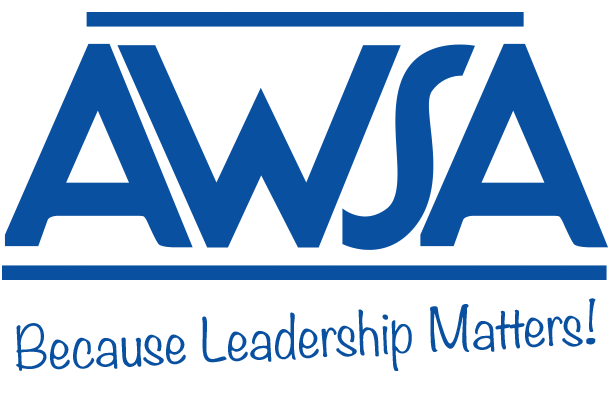Developing a Win-Win Administrative ContractBy Jim Lynch, AWSA Executive Director School leadership matters. School principals influence the school culture and the instructional quality of whole systems of teachers. Research since the 1990s has demonstrated that school principals' effect on students contributes to 25 percent of the total school influences on students’ academic performance. A report released in 2021 from the Wallace Foundation leverages two decades of research to demonstrate that principals are even more important to students and schools than previously thought. In the report, How Principals Affect Students and Schools: A Systematic Synthesis of Two Decades of Research, researchers concluded the following: “Principal impact on student achievement has likely been understated, with impacts being both greater and broader in affecting other important outcomes, including teacher satisfaction and retention, student attendance, and reductions in exclusionary discipline.” At a time when only 1 in 4 principals stay in a given leadership position longer than 5 years while research tells us it takes 5 to 10 years for a principal to have a meaningful impact on a large school, this report is an important reminder that we have an enormous interest to attract, retain and continually improve strong school leaders. School leaders enter the profession to make a positive impact for students, and school districts want to provide the conditions for that to occur. The contract lays out the shared goals of both the leader and the district. These shared goals include stability, comparability, and growth. Stability goals: Both parties are interested in a long tenure in the position. In 2014, the School Leaders Network published a report entitled Churn: The High Cost of Principal Turnover. The report stresses the importance of principal stability: While highly effective principals create significant changes each year, it takes an average of five years to put a mobilizing vision in place, improve the teaching staff, and fully implement policies and practices that positively impact the school’s performance. Furthermore, tenacious leaders help weak teachers leave and replace them with strong teachers – a process that shows results over years.3 According to the School Leaders Network, only 1 in 4 principals stay in a given leadership position longer than 5 years. Of those that are brand new to the principalship, fifty percent do not make it past year three. Besides losing talented people from the profession, the costs of principal turnover are high both in terms of real dollars and its effect on learning environments. For example, preparing and onboarding a new principal carries an average price tag of $75,000 nationally. Furthermore, student performance in math and English language arts falls the year after a principal leaves, with the next principal needing up to three years to make up the loss. One can address stability through the length of contract and well thought out longevity incentives. Many contracts automatically extend each year and include a benefit that promotes longevity. In addition, the standard for termination in the contract should foster stability. Competitive goals: Both parties are interested that the overall compensation is typical within the market. These parties might select comparable schools based on athletic conferences or similarly sized schools in a region. In his book, Drive: The Surprising Truth About What Motivates Us Daniel Pink captures forty years of research on motivation to draw the following conclusions: The starting point of any discussion of motivation in the workplace is a simple fact of life: People have to earn a living. Salary, contract payments, some benefits, a few perks are what I call “baseline rewards.” If someone’s baseline rewards aren’t adequate or equitable, her focus will be on the unfairness of her situation and the anxiety of her circumstance. You’ll get neither the predictability of extrinsic motivation nor the weirdness of intrinsic motivation. You’ll get very little motivation at all. . .But once we’re past that threshold, carrots and sticks can achieve precisely the opposite of their intended aims. (page 35)4 Pink underscores the importance of compensation being comparable to similar positions in the area. School districts should prioritize having competitive salary and benefit packages for their educators. Professional Growth Goals: The school district and the administrator want to ensure that the leader is continuing to learn and grow professionally. Contracts should support the leader’s membership in professional associations, participation in professional learning including conferences, academies, courses, and professional coaching. This support increases leadership capacity and reduces administrative turnover. Contracts that promote stability, comparability, and growth are win-win agreements for school districts and school leaders. For examples of the strategies mentioned in this article please see the AWSA Sample Administrative Contract. And, know that AWSA executive director Jim Lynch and attorney Malina Piontek are always happy to review your employment contract and provide suggestions to meet your needs. |
